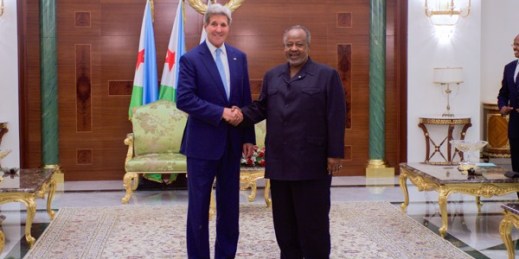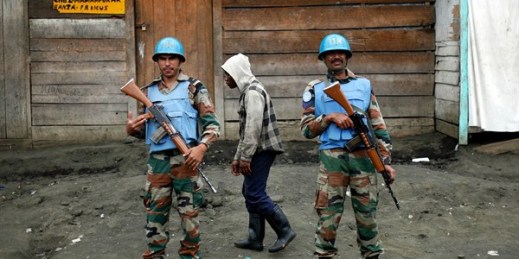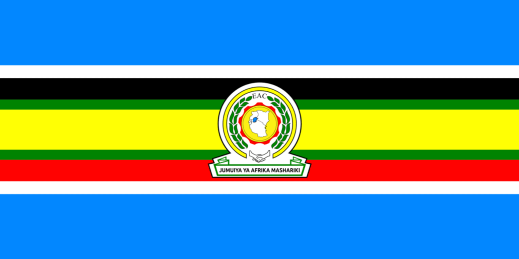
Until the end of the Cold War in the late-1980s, U.S. policy in East Africa and the Horn tried to balance regional security concerns with support for economic development and mitigating food shortages and famines. The primary goal of U.S. policy in the region was to minimize Soviet influence and that of China, Eastern Europe and Cuba. As the Cold War came to an end, the United States added to its policy agenda the objectives of encouraging democratic governance and improving human rights practices. In the post-Cold War era, the primary U.S. human rights and governance concerns in the region […]





